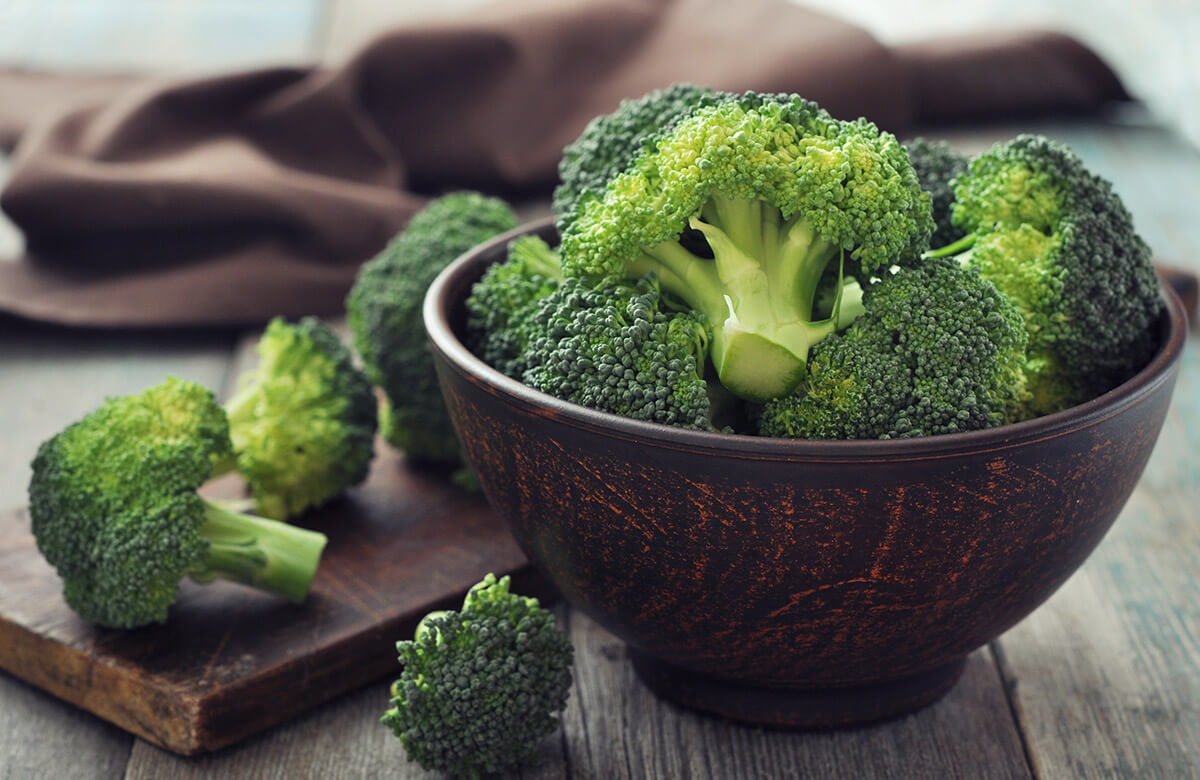
Vitamin C is water-soluble. It isn't just heat that destroys Vitamin C; it is heated water that steals it before it gets into your system. Many common cooking methods, like boiling, can cause the vitamin to leach out of food. That means the water in which you boiled broccoli, the water you just poured down the drain, is rich in Vitamin C while the broccoli on your plate is not.
In 2013, researchers in Nigeria performed an experiment to answer the "does heat destroy Vitamin C" question. They blended Vitamin C-rich vegetables — including peppers, green peas, spinach, pumpkin, and carrots — with water and heated the samples, monitoring the Vitamin C content. The researchers found that it isn't just water and heat, but time as well that plays a critical role in the Vitamin C content of these vegetables.
Peppers began with 15.39 mg/25 ml Vitamin C in its raw form and saw its content drastically decline to 13.58 after cooking for 5 minutes, 9.96 after 15 minutes, and 5.43 after 30 minutes. The temperature was kept at a constant, low temperature of 140°F. The researchers concluded the study with this recommendation:
"For high retention of vitamin C while cooking it is recommended that the vegetables are cooked in low heat and small amounts of water for short periods to minimize the loss of vitamin C."
Here's how to do that outside of a lab.
Choose Foods That Do Not Require Cooking
Some of the best sources of vitamin C require little to no preparation. Choose fresh fruits and vegetables that allow you to eat the food in its raw form so that no vitamins are lost through cooking. That's why oranges are so effective; they are not often boiled.Try Cooking Without Water
Pan-frying, roasting, and searing do not involve water. Although the food may still lose some vitamins, it is typically less than you would lose with a method that uses water. These methods can also enhance the flavor of your food, depending upon which one you choose. For example, roasting vegetables tend to give them a sweeter taste while softening their skins. Stir-frying retains more of the crispness and imparts a flavor that more closely resembles what you enjoy from eating raw vegetables.Consider Using Less Water
For recipes that require the use of water, you can try using a method that reduces the contact that the water has with the ingredients. For instance, blanching requires the food to sit in the water for less time, and this method is ideal for softening ingredients such as bell peppers. Steaming allows the heated water to gradually soften the produce without removing all of the Vitamin C. Microwaving, while not seen as particularly sophisticated, can also help to retain the Vitamin C content in vegetables.
Overall, it's probably best not to rely on cooked vegetables to meet your Vitamin C intake needs, as most kitchens are not equipped with the necessary equipment to measure Vitamin C content. Since time, water, and heat all contribute to the destruction of Vitamin C, you cannot depend on the nutrition labels that only indicate the vitamin content of the food in its raw form.
If you are concerned that you are not getting adequate Vitamin C from foods, consider Lypo-Spheric® Vitamin C supplements. They are resistant to digestive juices that destroy Vitamin C before it reaches the bloodstream. Just don't heat them as heat destroys not only Vitamin C in this case, but liposomes as well.

